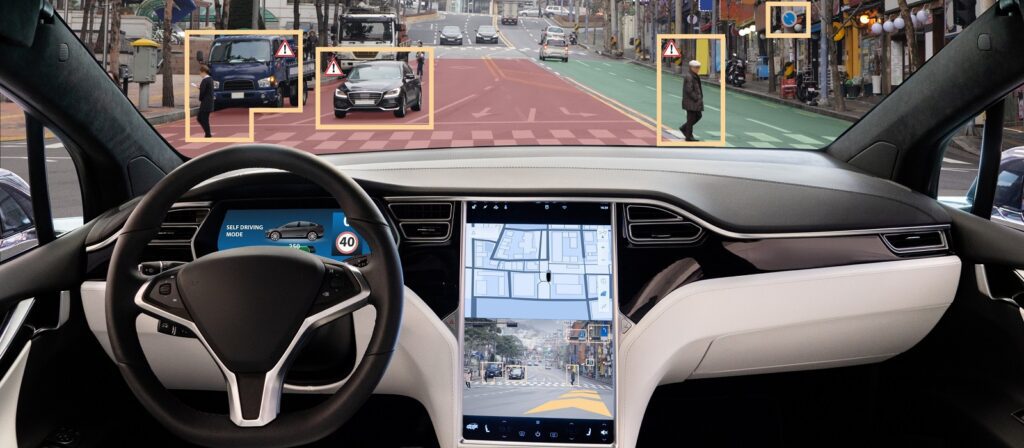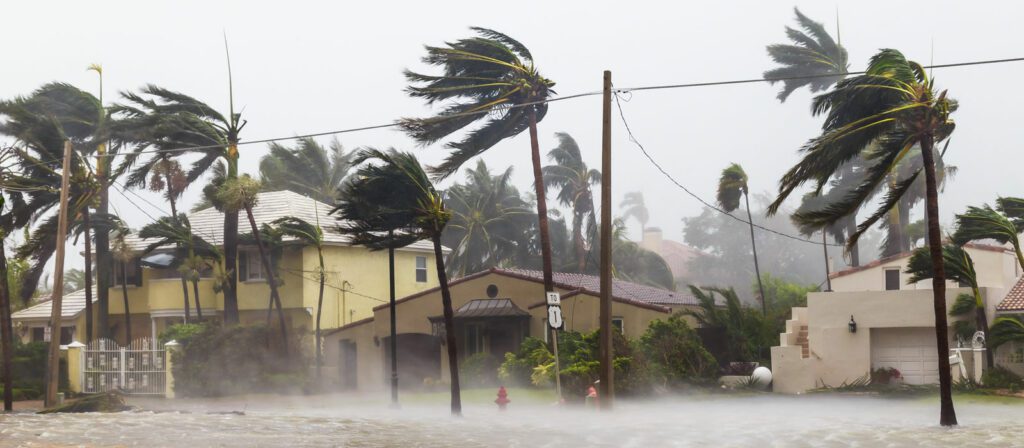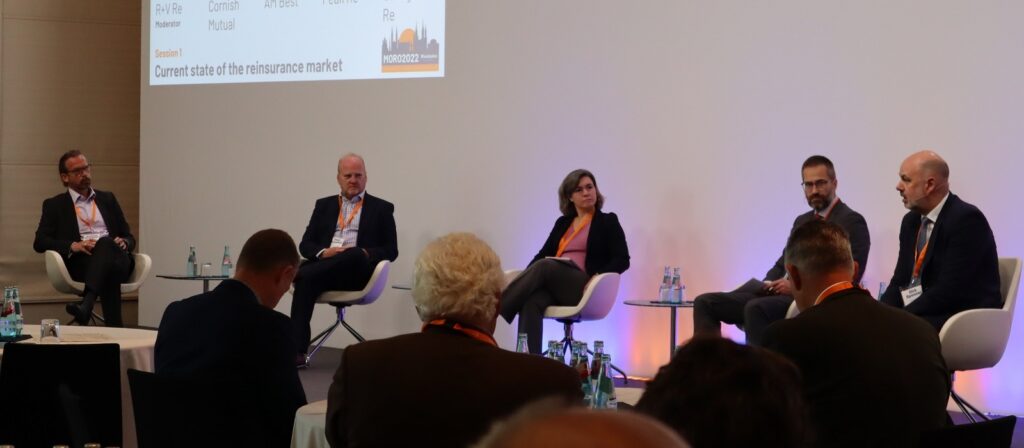While fire is not an emerging risk, new materials and technologies are constantly creating new challenges for insurers and should not be overlooked. The Grenfell Tower fire in 2017 – which claimed 72 lives – prompted many countries to undertake thorough investigations into the safety of high-rise buildings. While the tower was still burning, first voices placed the blame of the severity of the fire on the cladding.
Driven by advancements in technology, building heights have risen dramatically in the past 45 years. High-rise fires are characterised by special risks. External rescue operations are limited by the ladder length and evacuations require more time while egress time is limited by the structural integrity of the building and escape route accessibility.
There is no standardised definition for facades and cladding. Following the fire at Grenfell, cladding became notorious. Combustible claddings are still used today to improve energy performance, prevent water infiltration and for decoration. Flames spreads fastest vertically and horizontally so high-rise buildings and flammable claddings are a dangerous combination. The cladding used at Grenfell was MCM, a type of cladding commonly associated with façade fires.
Incidents like Grenfell Tower could happen again, as technology evolves faster then building regulations and new regulations apply to new buildings only. Going forward, standardisation of terms is required, strong inspection regimes must be implemented and risks need to be reviewed as circumstances change.
The use of lithium-ion batteries is increasing rapidly. Despite advantages in terms of efficiency and cleaner energy, there have been a number of recent hazardous incidents (air and sea, BESS and retail goods).
Cells are nanotechnology and are sensitive to shock and vibrations. Battery fires and thermal runaway can be caused by electrical abuse, defects, mechanical abuse, self-heating ignition and thermal abuse. There is risk during manufacturing, warehousing, transport, daily life, BESS and recycling with warehouses being one of the most difficult to control as they can be mixed and chaotic. Battery Management Systems (BMS) are software and so can fail and be hacked, especially if they’re part of the internet of things.
Everyone in the supply chain responsible for building the battery could be liable, from the manufacturer of the battery to the importer of the product. In Europe, burning E-cars are classed as motor. In some cases the car insurers can make recourse to the products liability, though this also comes with its own problems e.g. recall. Fires in business can face employers liability claims as well as workers compensations and property claims.
Lithium-Ion batteries are manageable and are needed, but the right steps must be taken to reduce the risks and we have to use the tools we already have such as informing consumers of the dangers and pushing for safer solutions. The CBI risk shouldn’t be underestimated, particularly in the automotive industry. On a more positive note, technology is advancing and there are prototypes with solid electrolytes which are less combustible and safer.
Session speakers
- Bianca Jung, Manager Facultative, R+V Re (Germany)
- Florian Strobel, Underwriter, and Thomas Szech, Manager, Special Lines, R+V Re (Germany)
- Michael Wrightman, Head of Casualty, Berkley Re (UK) moderator







